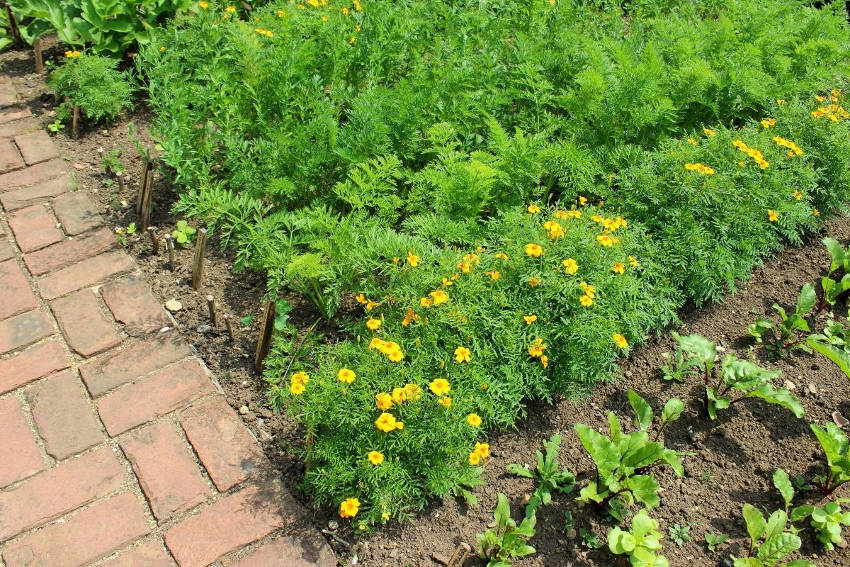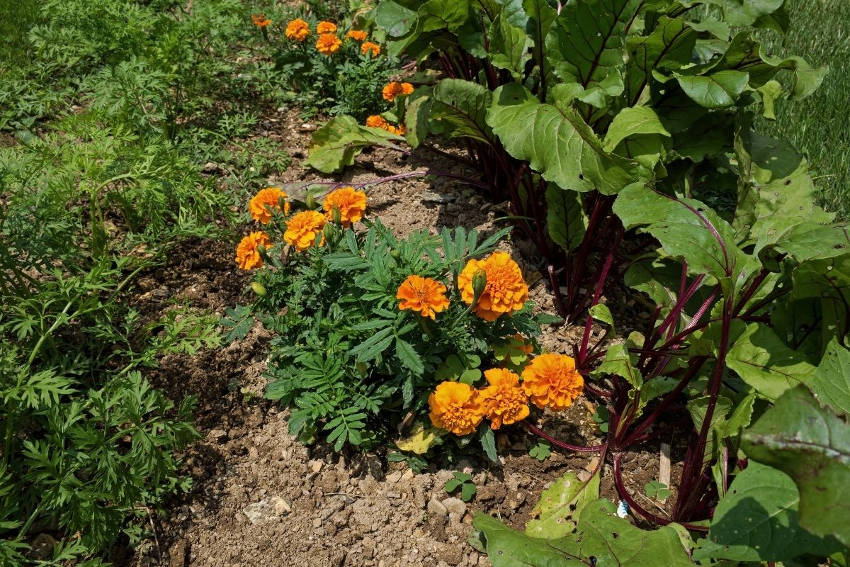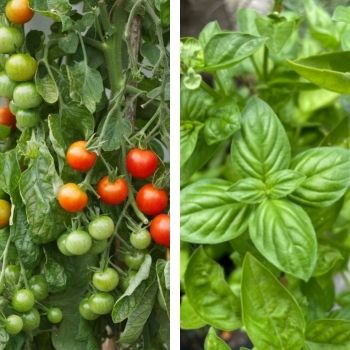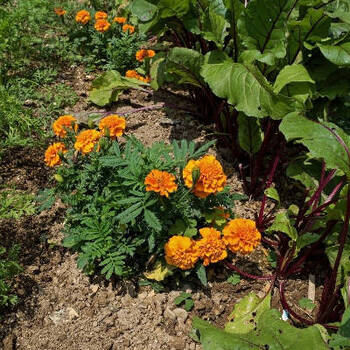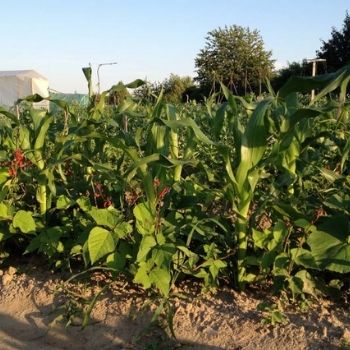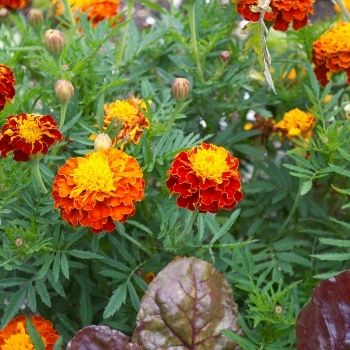The crushing disappointment of losing a prized plant to pests is something that's familiar to every gardener. It doesn't take many of these experiences to decide that there can never be too many options available for dealing with the various slugs, bugs, and other critters which take an interest in your veggie patch.
The quickest solution may be to spray your plants with pesticides, but while these chemicals can certainly keep undesirables under control, there are also serious side effects for the harmless and beneficial insects that share your garden's eco-system. And what's more, many people are rightly wary of using chemicals on food crops, however well tested and guaranteed for safety they may be.
Taking the organic route to pest control means attacking the problem on several fronts, and one of the most natural and effective methods is to plant trap crops. Here's how they work.
What Exactly Are Trap Crops?
Trap crops, also known as decoy crops or sacrificial crops, are a variation on the companion planting theme. The basic idea is to plant one or more species of plants alongside your main crops, choosing the extra plants carefully to provide an attractive home and food source for the pests you're targeting.
With luck, the pests will be lured away from your main crops, reducing the damage they cause. And as an added bonus, the attackers will be handily gathered together in one place so that you can collect and dispose of them efficiently.
You can either monitor the decoy plants for new arrivals, and pick them off by hand for disposal by bagging, burning, drowning, or simply squishing. Or, for more deeply infested plants, a handheld vacuum cleaner makes short work of sucking up insects by the hundred, but be sure to dispose of the cleaner's contents carefully afterwards.
However, depending on how fast-growing the sacrificial plant is, it's often better to wait for a sizeable infestation, then uproot the entire plant and bag or burn it to deal with the problem in one swoop.
How to Choose a Trap Crop
The choice of decoy crop depends on the particular pest you're aiming to control. It needs to be more attractive to the insect than the crop you're protecting, but also quick and easy to grow - there's little advantage in spending hours nurturing a plant that's purely sacrificial.
Some common examples include:
- Nasturtiums for attracting aphids, whitefly, and cabbage moth.
- Upland cress for cabbage moth.
- Sunflowers for green vegetable bugs or stink bugs.
- Mustard for harlequin bugs.
- Dandelion and marshmallow for weevils.
- Marigolds for root knot nematodes.
- Sorghum for corn earworms.
While these decoys make a good starting point, it pays to keep an eye on the behaviour of pests in your own patch. For example, if a particular fast-growing herb seems to attract a certain pest, then it may make a good candidate for a sacrificial crop next to a slower-growing vegetable. Over time, you'll be able to build a picture of which combinations work best for the range of plants you usually grow.
Working with Trap Crops
As well as pairing the trap crops and pests correctly, there are a few other things to consider for growing a successful decoy.
- Positioning of the trap crop can be important. For some pests, growing trap crops as a border around your main crops can work well, creating a natural barrier to halt the infestation's spread. For others, interplanting the decoy among the main crop may be more successful at luring the pests to the trap. Experimentation will help you decide on the best long-term strategy.
- You need to plant enough decoy plants to be effective, but without taking too much space away from your main crop. In organic agriculture, around 20% of growth is typically devoted to trap crops. Again, experiment to find the right mixture.
- The trap crop needs to be well established by the time the main pest invasion happens, so that it can soak up the attention without being too quickly overcome. Also, a trap crop should reach maturity before the nearby main crops, so it can attract early pest arrivals first.
- Ideal trap crops will be fast-growing, so that they can be replaced with new plants as the originals are infested and removed.
- Planting a variety of trap crops aimed at the same pest can increase overall success, as it makes it much less likely that your main crop will be the primary target.
When Trap Crops Are Too Successful
One important point to bear in mind is that your trap crops are there to make it easier to control the pest population, gathering them together away from your main crops for simple disposal. But providing such an attractive and easily available food source runs the risk of encouraging the very pests you're trying to thwart.
It's important to monitor the sacrificial plants and deal with the pests as they build up, and this often needs to be done for the entire growing season. If you don't keep on top of this task, using decoy crops can wind up creating a worse problem than doing nothing.
Trap Crops As Part of a Bigger Picture
Growing trap crops is a useful and effective tool for organic gardening, but it can't provide the instant success that a pesticide does. To make it work, it needs to be backed up by other organic methods such as attracting beneficial insects and birds, good garden tidying and hygiene practice, and crop rotation to prevent pests building up from year to year.
No one pretends that taking the organic route to pest control is as easy as opening a bottle of chemical spray. But growing trap crops is as natural as any method can be, is a more satisfying way of working as a gardener, and also increases the botanical diversity in your garden. For all these reasons, trap crops deserve a place in every gardener's pest control toolbox.
